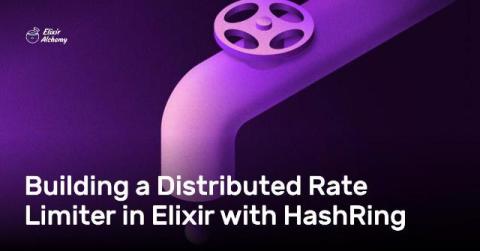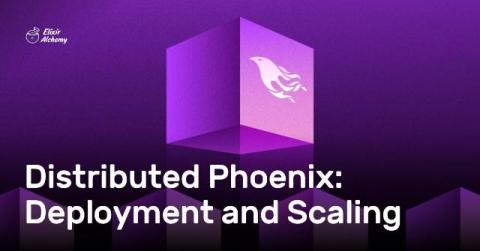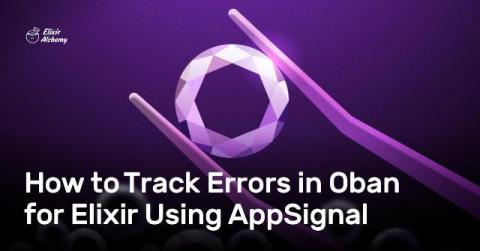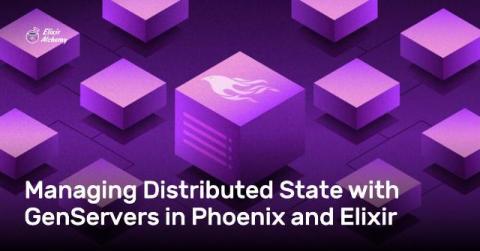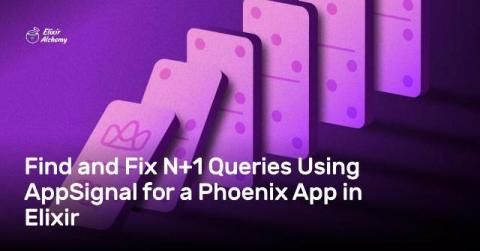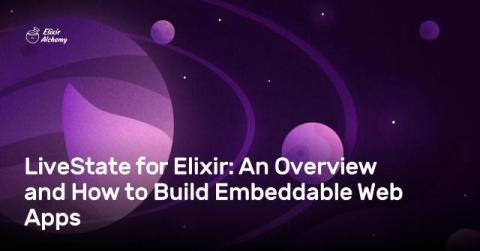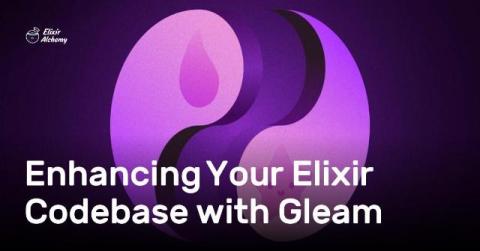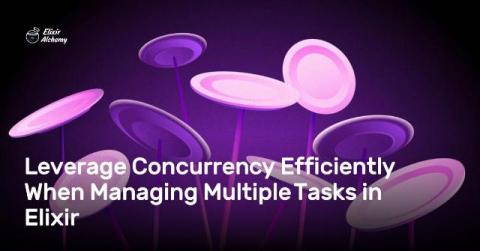Building a Distributed Rate Limiter in Elixir with HashRing
Communication between processes in the Erlang VM happens through message passing. In fact, all communication across processes occurs through the same mechanism. All you need is an address and you can send a message to it, with the lower level building blocks being send and receive. This is true even if that address is on another node in a cluster of Elixir nodes that are aware of each other. In fact, it works in exactly the same way.


